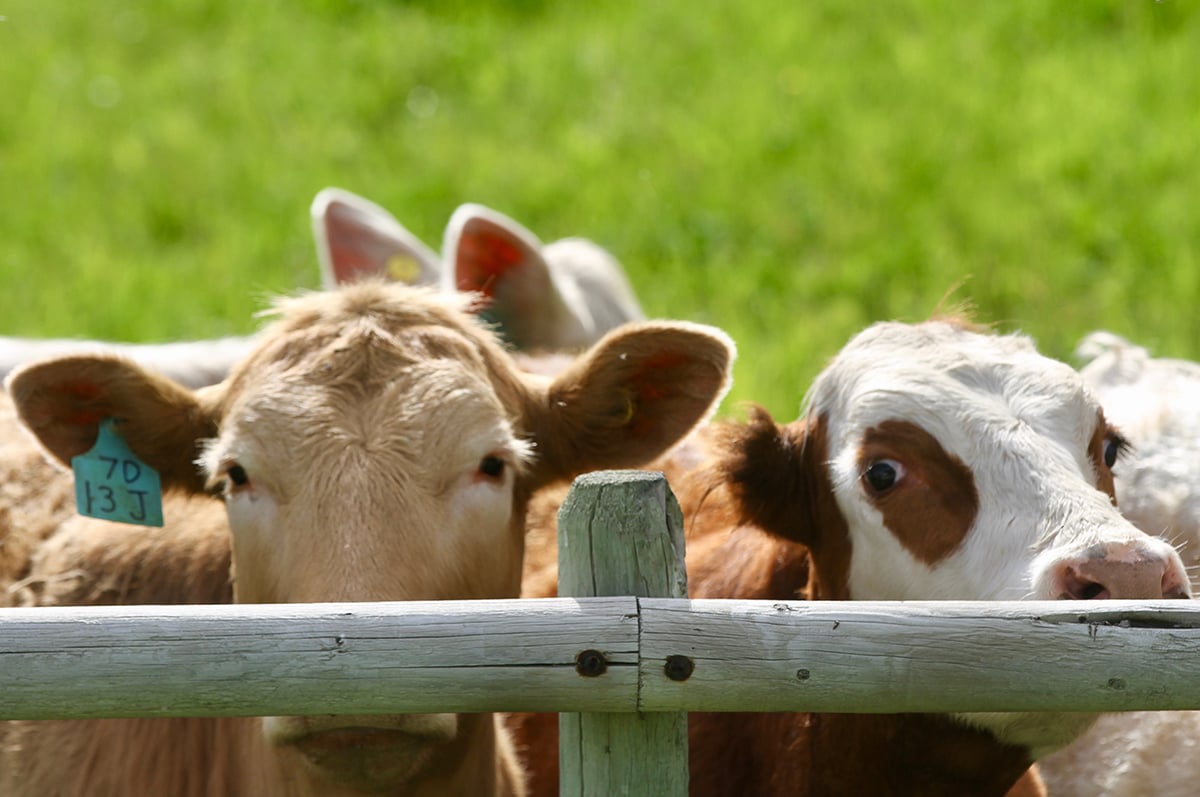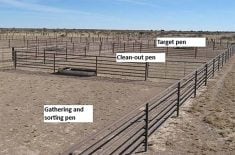RED DEER – Opening up the country to Canadian beef seems like a logical solution to Canada’s surplus problem, but inconsistent provincial meat inspection renders the idea nearly impossible.
During a beef industry meeting in Red Deer, delegates passed a resolution to allow provincially inspected beef plants to sell meat anywhere in the country.
“I think it’s about time we got our act together and had the ability to at least trade interprovincially,” said rancher Norm Ward of Granum, Alta.
A number of Alberta’s smaller plants could handle specialty markets, including cows and bulls, which could be sold across the country. However, the idea of a national meat code has been floundering for six years.
Read Also

Feeder market consolidates at historic highs
For the week ending Sept. 6, Western Canadian feeder cattle markets were relatively unchanged compared to seven days earlier.
Alberta Agriculture’s Cliff Munroe chairs a committee to establish a national meat and poultry code. As it stands, the only way a company may ship interprovincially is to become a federally inspected plant, which is too costly for many smaller operations.
Two years ago, the committee completed recommendations for a national code that fell between provincial and federal standards. The process stalled when the Canadian Food Inspection Agency ruled all provinces had to adopt it before it could be law.
“They might as well have told us to put it on the shelf,” Munroe said.
Further meetings about the code are expected in May.
He said between 35 and 40 of Alberta’s 52 provincially inspected plants are ready to move to the national level.
“We have spent the last three years bringing these plants up to standard.”
Hazard Analysis Critical Control Points plans have been written and upgrades have been made for sanitation and other federal requirements. If these plants could attain national accreditation, it could help move cattle across the country and perhaps deal with backlogs in some regions. Munroe said many large federal plants are not interested in handling mature animals, but smaller operations could take that job.
This accreditation would also allow these smaller plants to sell to national retail chains, which only buy from federally inspected facilities.
Ontario and Quebec have plants up to standard but other provinces allow voluntary inspection so some plants are never checked.
“B.C. is just implementing regulations now to make all meat in the province inspected,” Munroe said, adding that that lack of consistency is troubling. If the BSE-infected cow from northern Alberta had gone through a plant in a province without meat inspection, it could have slipped through the system without being tested for any diseases.
Munroe said lack of inspection and testing places too much trust in the system.
“There is a lot of pressure on the plants to meet the clients’ need, whereas in our plants there is a third party who doesn’t benefit from whether or not that client is satisfied or not.”
Canada has four tiers of inspection:
- CFIA-inspected plants where standards are strict and veterinarians are present. International and interprovincial markets accept only CFIA product.
- Provincially inspected plants where slaughter is inspected but veterinarians are not present and sales are restricted to the province.
- Optional provincial inspection, such as in Saskatchewan. Many small plants see only occasional health inspector visits.
- Municipally controlled plants, which are allowed in all provinces. Processing operations are subjected only to rare visits from health inspectors.















